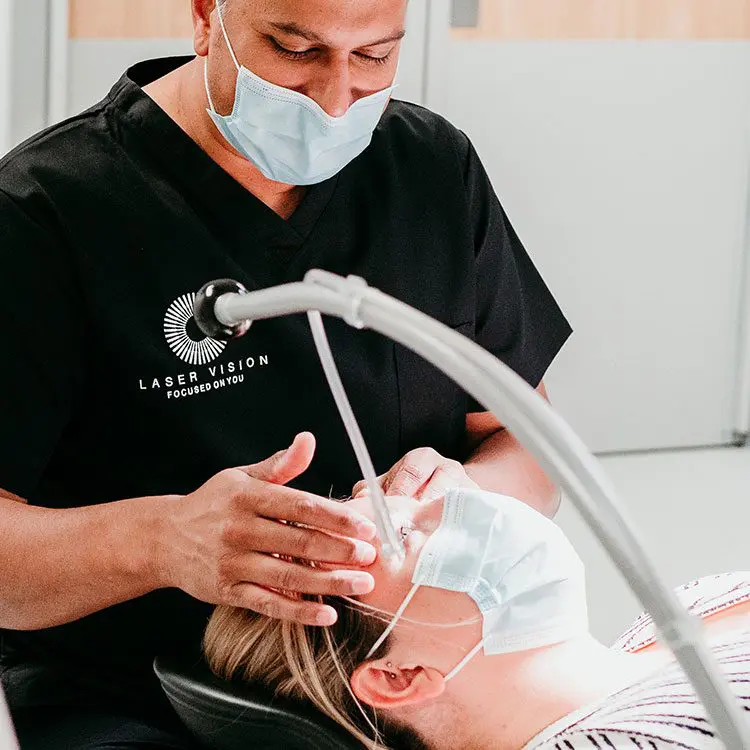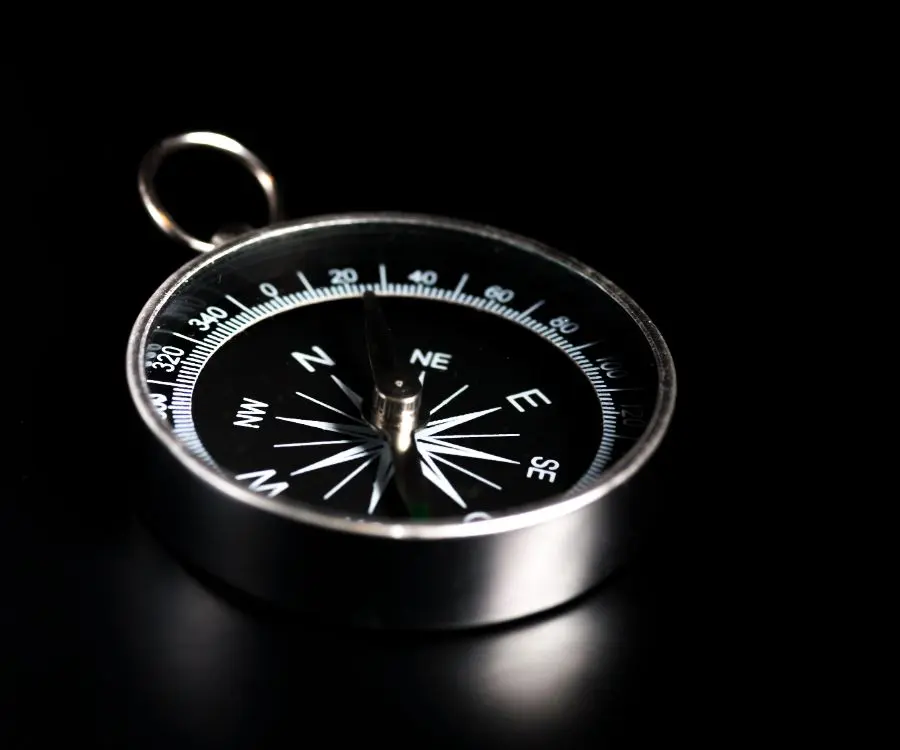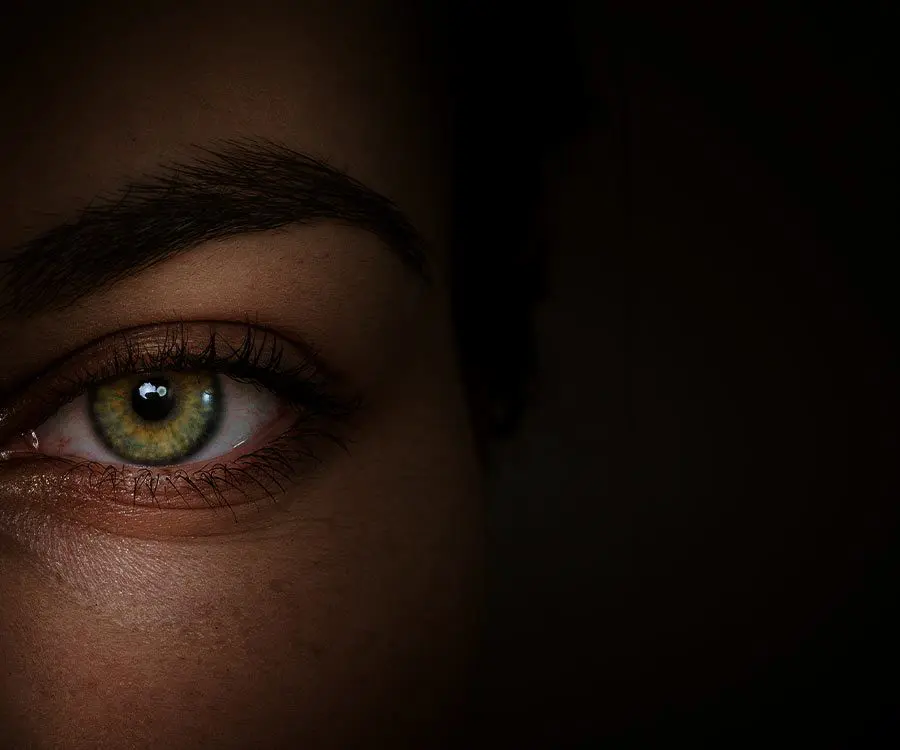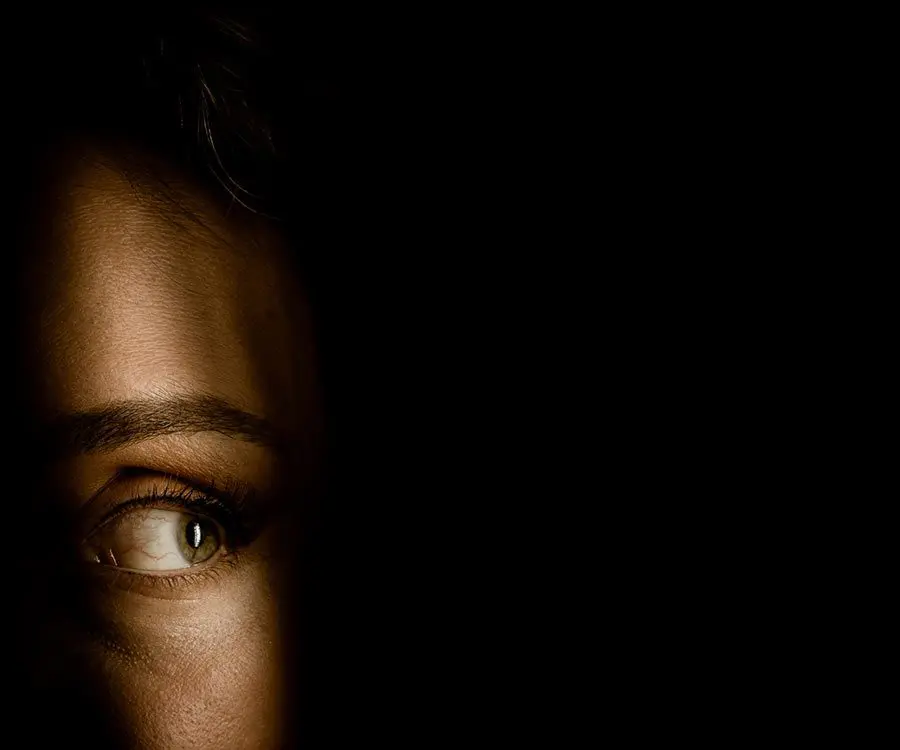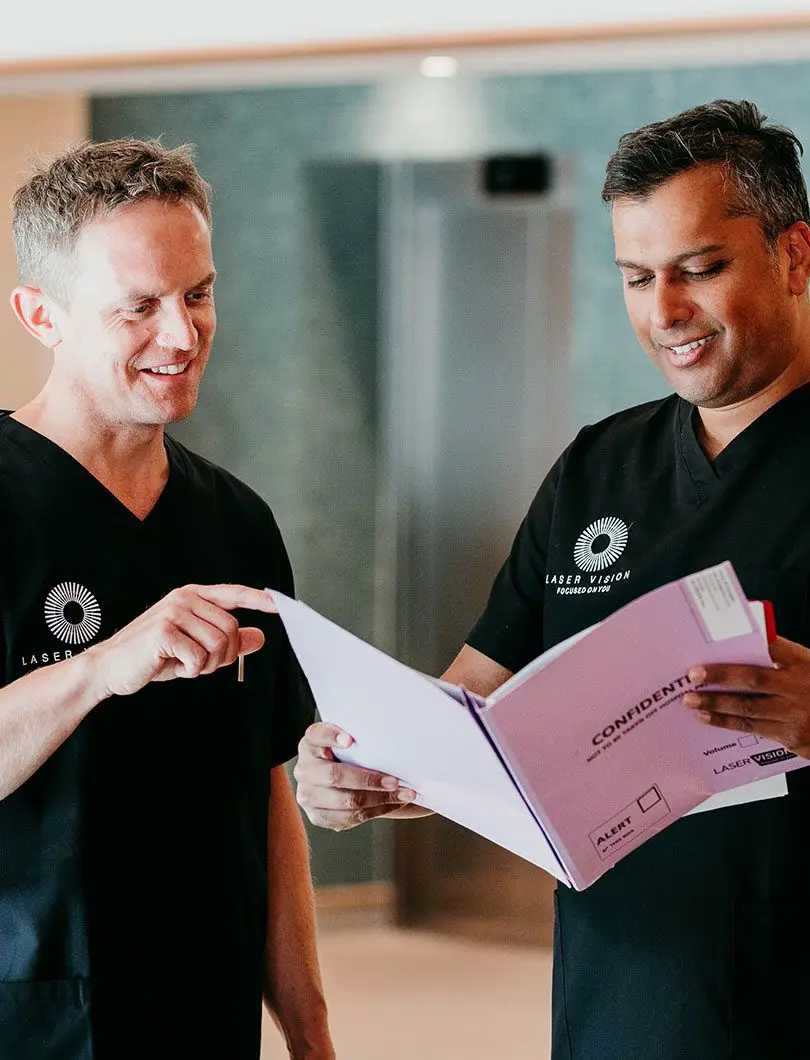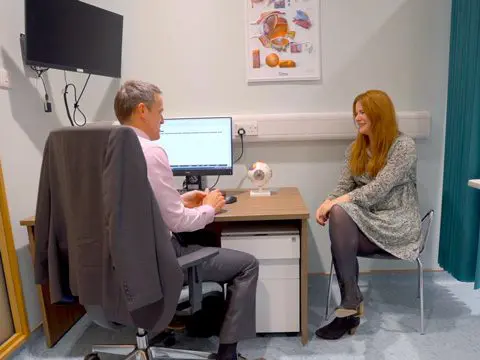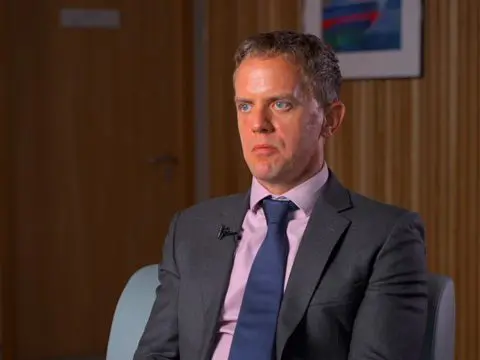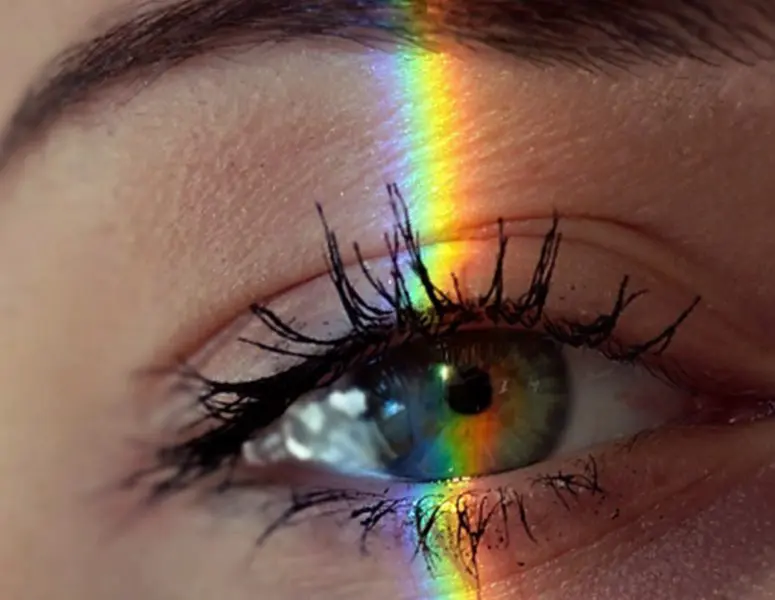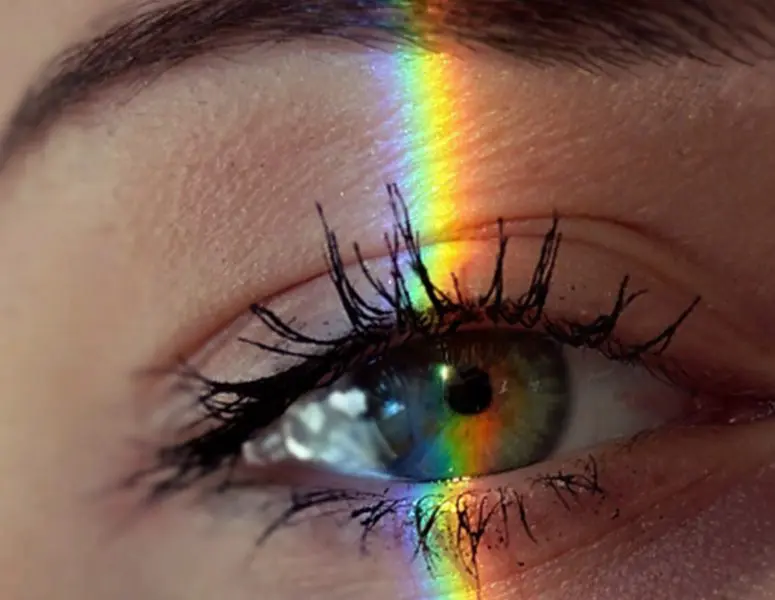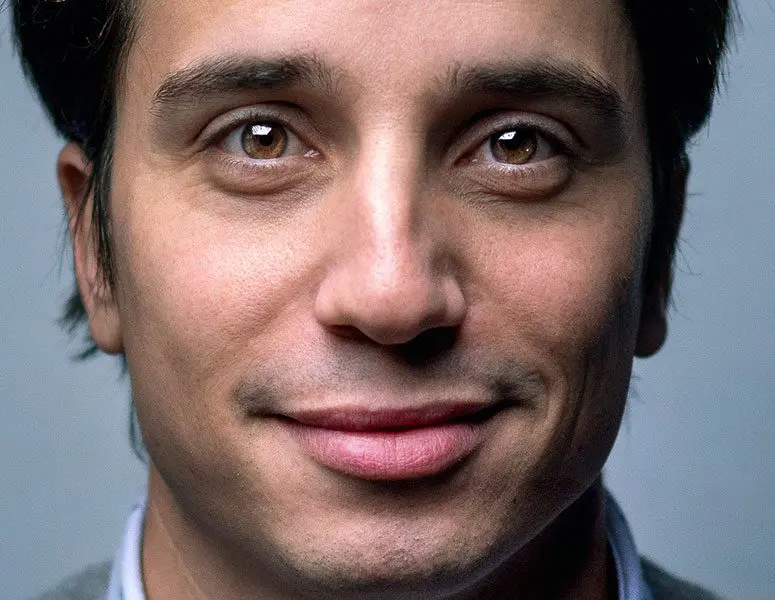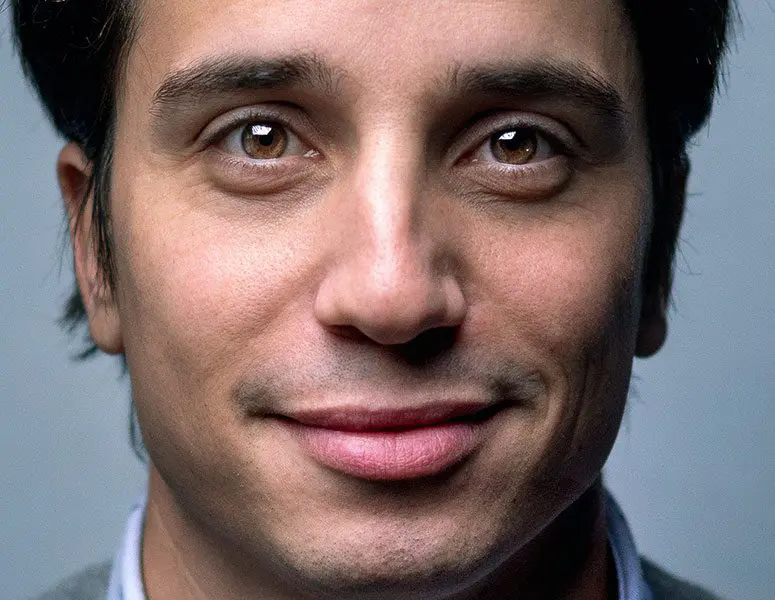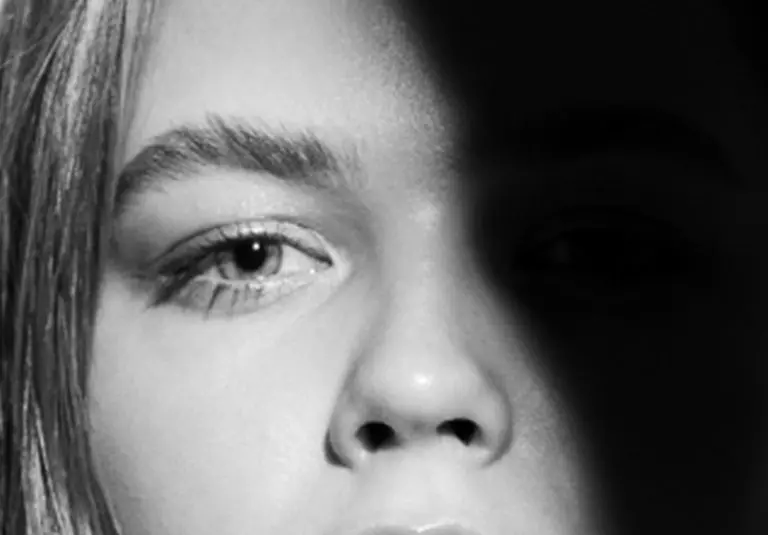- Laser Eye Surgery

LASEK

- Treatment

- Laser Eye Surgery
LASEK
LASEK (Laser Assisted Epithelial Keratomileusis) is a common alternative to LASIK surgery and can be used to treat all the common refractive errors including myopia (short sight), hyperopia (long sight) and astigmatism. It remains one of the safest forms of laser eye surgery.
What is LASEK?
The principle of LASEK is fundamentally the same as LASIK in the respect that it involves the use of a specialist laser to precisely reshape the curvature of the cornea (the dome-shaped, clear window at the front of the eye).
However, the procedure differs from LASIK by gently moving the surface epithelial cells aside with an alcohol based solution as opposed to forming a flap.
LASEK is becoming a popular method of vision correction for people wanting to rid themselves of glasses or contact lens, and is frequently recommended to patients who visit our clinics in Guildford, London, Manchester, Portsmouth, Sheffield, Winchester and Woking.
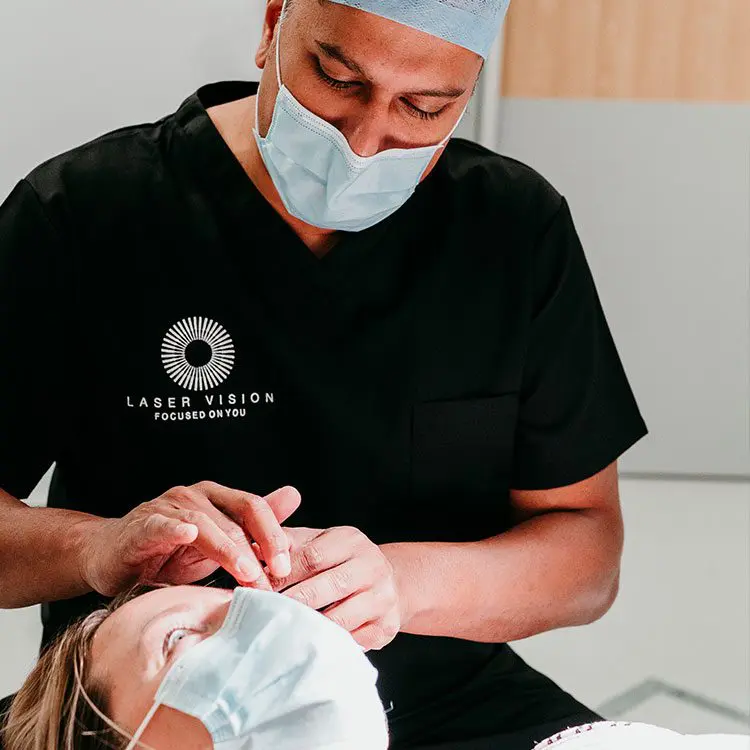
Normally, images are clearly focussed on the retina at the back of the eye because the light rays are bent correctly to focus on the retinal surface.
In myopia, hyperopia and astigmatism, light entering the eye is bent incorrectly and focused away from the retina to cause blurred vision. Spectacles and contact lenses bend the light correctly to provide clear vision.
Reshaping the profile of the cornea with laser surgery ensures that light is bent correctly onto the retina without the burden of spectacles or contact lenses.
Our specialist, independent NHS Consultant Eye Surgeons are dual-trained to the highest standard in cornea and refractive surgery. LASIK is considered to be one of the safest forms of refractive surgery and it is estimated that over 32 million procedures have been performed worldwide.
Normally, images are clearly focussed on the retina at the back of the eye because the light rays are bent correctly to focus on the retinal surface.
In myopia, hyperopia and astigmatism, light entering the eye is bent incorrectly and focused away from the retina to cause blurred vision. Spectacles and contact lenses bend the light correctly to provide clear vision.
Reshaping the profile of the cornea with laser surgery ensures that light is bent correctly onto the retina without the burden of spectacles or contact lenses.
Our specialist, independent NHS Consultant Eye Surgeons are dual-trained to the highest standard in cornea and refractive surgery. LASIK is considered to be one of the safest forms of refractive surgery and it is estimated that over 32 million procedures have been performed worldwide.

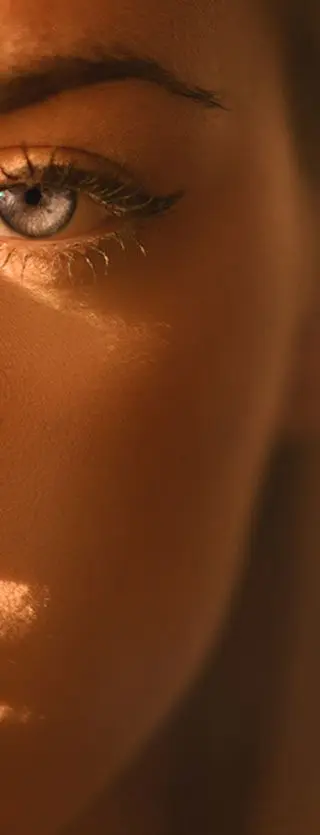
How is LASEK performed?
- 1.Local anaesthetic eye drops are applied to both eyes
- 2.A solution of alcohol is used to gently separate the cells from the surface layer of the cornea
- 3.The cells layer are gently rolled aside
- 4.The Schwind Amaris 1050RS is then used to reshape the cornea. An average 3 diopter treatment needs less than 6 seconds of laser application
- 5.The surface cells are gently replaced and aligned back into its original position
- 6.A contact lens is placed on the surface to act as a bandage and no stitches are required
